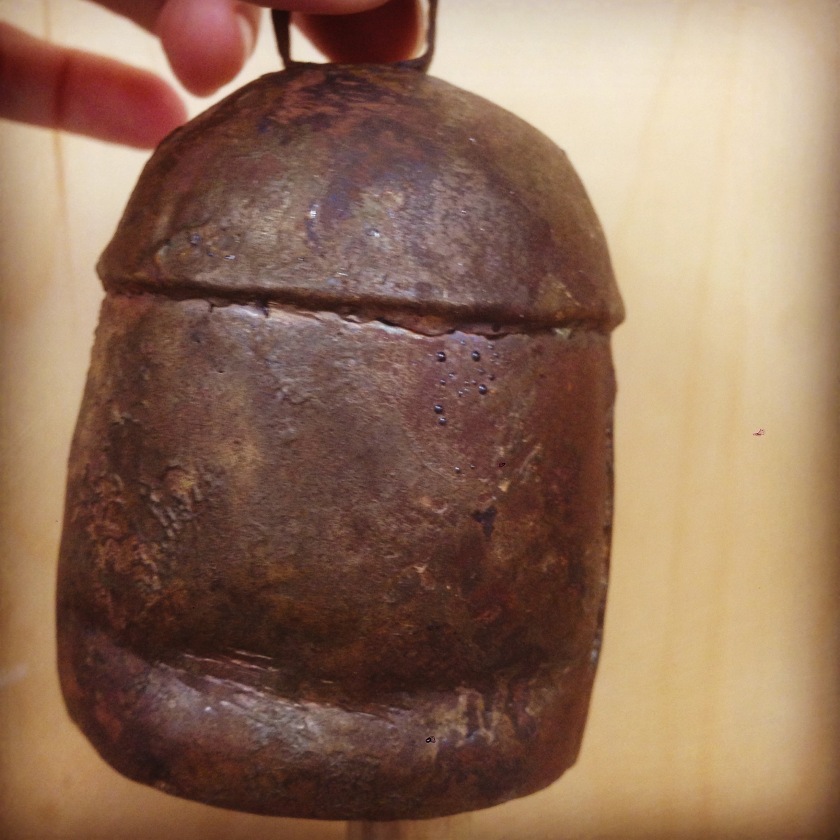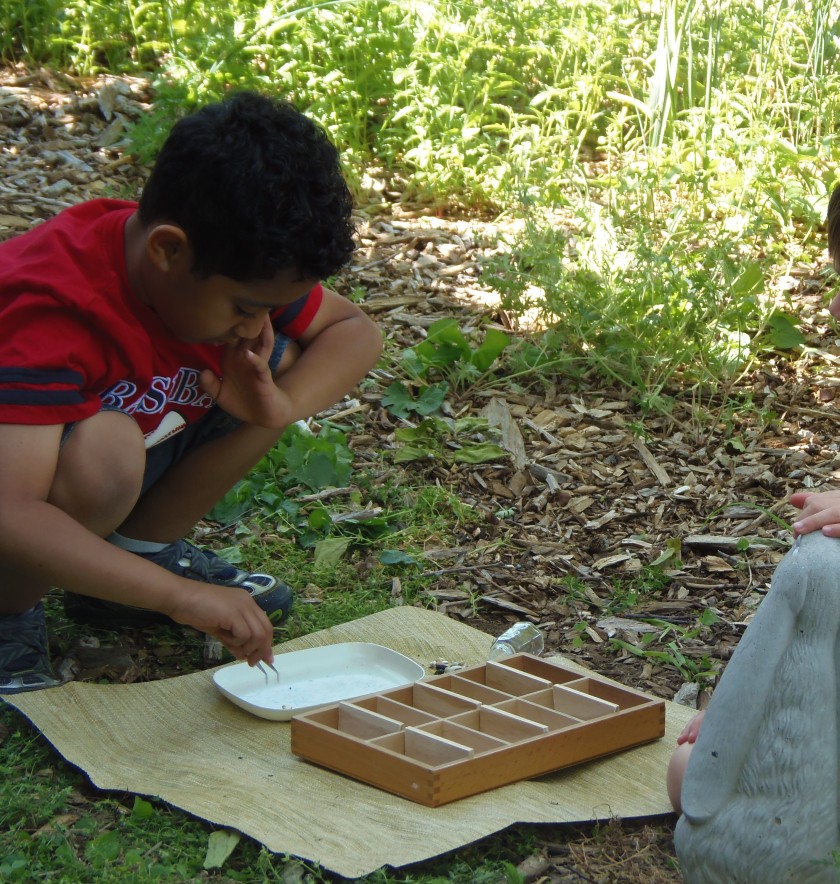Pollination Nation
This lesson has been in the making for a number of years! Teaching about pollination and pollinators is essential not only because of its role at the core of food production, but also because of the plight of the bees (and many pollinators in general.) In the Spring as the first flowers were opening, we transformed the children into tiny buzzing pollinators and sent them out into the gardens to search for pollen. Because they had been miniaturized, the pollen became huge! Fuzzy little balls of pollen were inside of all the flowers and their task was to collect it. As they collected, some of the pollen from other flowers (which were different colors) fell off of their bee bodies and the colors got all mixed up! Hmmmmm….. is this how pollination works? We pondered this and other questions in this interactive lesson and discussed how much we depend on bees and their work for our food supply. With the older students we discussed what we could do to help. Planting food sources (nectar and …




